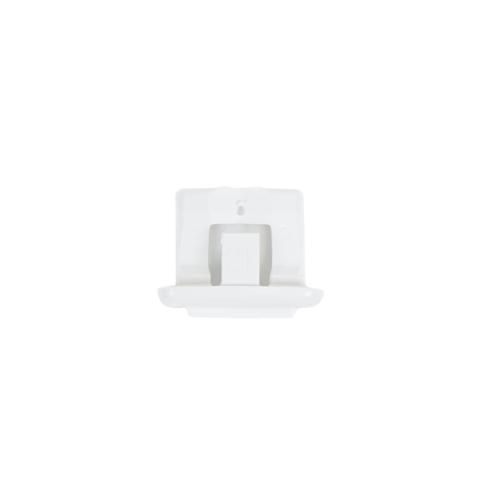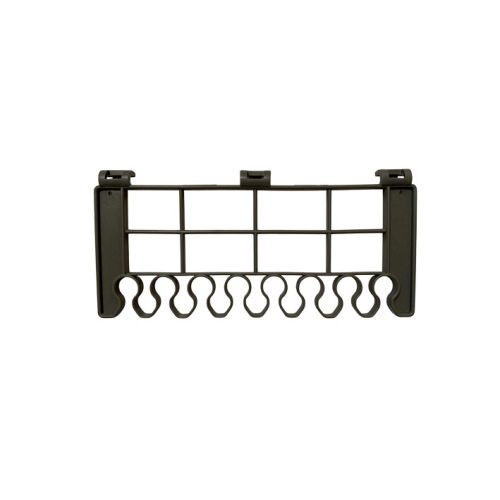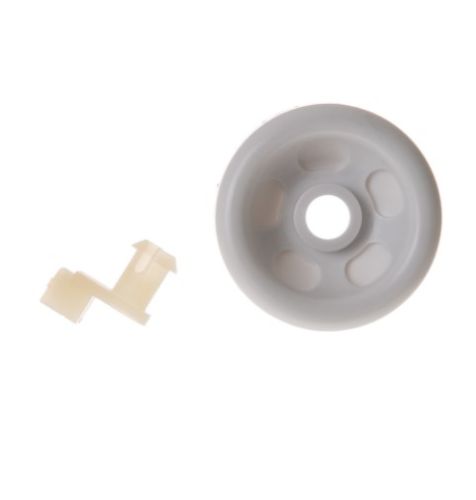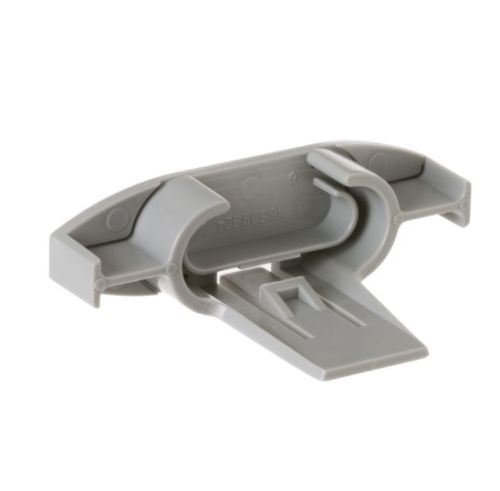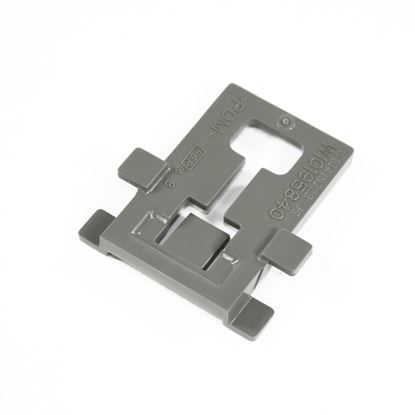
The Ultimate Guide to GE Dishwasher Rack Replacement
A properly functioning dishwasher rack is essential for effective dishwashing, ensuring your dishes are cleaned efficiently and safely. Over time, however, racks can become damaged or worn, affecting your dishwasher's performance. This guide provides a comprehensive overview of GE dishwasher rack replacement, including how to identify when a replacement is needed, how to remove and install racks, and tips for maintaining them. Whether you're dealing with GE dishwasher top rack issues or a broken lower rack, this guide will help you restore your dishwasher to optimal condition.
Why Replacing Your GE Dishwasher Rack Matters
A damaged dishwasher rack can lead to several problems. Broken or misaligned racks can prevent proper water circulation, resulting in poorly cleaned dishes. Damaged tines can also fail to hold dishes securely, leading to potential breakage during the wash cycle. Additionally, rust and corrosion can contaminate your dishes and reduce the overall lifespan of your dishwasher. Replacing a worn or damaged rack not only improves cleaning performance but also protects your dishes and extends the life of your appliance.
Understanding GE Dishwasher Racks
GE dishwashers typically have two racks: an upper rack and a lower rack. The upper rack is designed for smaller items like glasses, cups, and small plates, while the lower rack accommodates larger items like pots, pans, and dinner plates.
-
Upper rack components: The upper rack usually includes adjustable shelves, stemware holders, and spray nozzles.
-
Lower rack components: The lower rack typically has taller tines and more open space for larger items.
Replacement racks for GE dishwashers vary in design and material, so it's crucial to choose one that is compatible with your specific dishwasher model.
Common Signs GE Dishwasher Rack Needs Replacement
Several signs indicate that your GE dishwasher rack may need replacing:
-
Rust and corrosion: Visible rust or corrosion can compromise the structural integrity of the rack and contaminate dishes.
-
Broken or missing tines: Damaged or missing tines can no longer securely hold dishes, leading to potential breakage.
-
Misalignment: A rack that doesn't align properly can obstruct the spray arms and prevent thorough cleaning.
-
Difficulty sliding: If the rack is hard to slide in and out, the rollers or guides may be damaged or worn.
-
Visible damage: Cracks, bends, or breaks in the rack's frame indicate a need for replacement.
Common GE Dishwasher Rack Issues
Both the upper and lower racks can experience specific issues that affect their performance.
GE dishwasher top rack issues:
-
Misalignment: The top rack may become misaligned due to worn or broken rack supports, causing it to wobble or stick.
-
Stuck wheels: The wheels or rollers on the upper rack can become stuck or break, making it difficult to slide the rack in and out.
-
Rusting: The GE dishwasher top rack is susceptible to rusting, especially if the protective coating is damaged.
-
Damage: Physical damage, such as bent wires or broken frames, can compromise the rack's structure and stability.
Lower rack issues:
-
Broken tines: The tines on the lower rack are prone to breaking due to the weight and pressure of larger items.
-
Missing rollers: Rollers can fall off or break, making the rack difficult to slide and potentially damaging the dishwasher's interior.
-
Wear from prolonged use: Over time, the lower rack can wear down due to constant use, leading to weakened joints and instability.
How to Remove GE Dishwasher Top Rack
Removing the top rack is a straightforward process that can be done with a few simple steps. Here’s how to remove the GE dishwasher top rack:
-
Open the dishwasher door and fully extend the top rack. This provides access to the rack's attachment points.
-
Locate the rack stop clips on either side of the rack. These clips prevent the rack from sliding out completely. Depending on the model, you may need to squeeze, lift, or rotate the clips to release them.
-
Once the clips are detached, lift the rack slightly and slide it out of the dishwasher. Be sure to support the rack to prevent it from falling and causing damage.
Choosing the Right Replacement Rack for GE Dishwasher
Selecting the correct replacement rack is essential for ensuring proper fit and performance.
-
Locate your dishwasher's model number. This is typically found on a sticker or plate inside the dishwasher door or on the frame. Use this number to search for compatible replacement racks.
-
Look for racks made from durable materials like stainless steel or coated metal.
-
Nylon or plastic coatings can help prevent rust and protect dishes.
-
OEM vs. compatible replacement racks for GE dishwashers: OEM racks are made by GE and guarantee a perfect fit and quality. Compatible racks are made by third-party manufacturers and can be more affordable but may not offer the same level of quality or fit.
Installing a New GE Dishwasher Rack
Installing a new dishwasher rack is a simple process that can be done in a few minutes.
Top rack:
-
Slide the new rack into the dishwasher along the support rails.
-
Ensure the rack is level and properly aligned.
-
Reattach the rack stop clips to secure the rack in place.
Bottom rack:
-
Place the new rack on the bottom supports inside the dishwasher.
-
Align the rollers with the tracks on the dishwasher floor.
-
Slide the rack in and out to ensure smooth movement.
-
Check that the rack glides smoothly along the rails without sticking or wobbling. Make sure all clips and rollers are securely attached.
-
Before using the dishwasher, load the rack with a few dishes and run a short test cycle to ensure everything is working properly. Check for any unusual noises or obstructions.
Maintenance Tips to Extend Rack Life
Proper maintenance can significantly extend the life of your dishwasher rack.
|
Tip |
Details |
|
Regular cleaning |
|
|
Avoiding heavy impact and overloading |
|
|
Using rack repair kits for minor damage |
|
Blocked Dishwasher Spray Arm: Here's How to Replace it
Replacing and maintaining your dishwasher rack is essential for ensuring optimal dishwasher performance and prolonging the life of your appliance. Choose the right replacement racks for GE dishwasher, and implement effective maintenance practices. Regular care and timely GE dishwasher rack replacement not only improve cleaning efficiency but also protect your dishes and contribute to the overall longevity of your dishwasher. Whether it's resolving GE dishwasher top rack issues or ensuring smooth operation of the lower rack, these steps will help you keep your dishwasher in top condition. Whether it’s a simple part replacement or a major repair, HnKParts offers a wide range of dishwasher parts to restore your appliance to optimal working condition
FAQs
Are dishwasher racks a standard size?
No, dishwasher racks are not a standard size. Sizes vary by brand and model, so check compatibility before buying replacement dishwasher parts.
What to do if the dishwasher rack is rusted?
If the dishwasher rack is rusted, use a dishwasher rack repair kit or replace it with a compatible dishwasher replacement rack to prevent further damage.
Is it cheaper to repair or replace a dishwasher?
Repairing a dishwasher is cheaper if the issue involves minor dishwasher parts. For major failures or older models, replacing the unit may be more cost-effective.


